Home » Gear Reviews » Hiking & Camping » Sleeping Bags » 3-Season Sleeping Bags (15F-29F) » Patagonia 850 Down Sleeping Bag
Patagonia 850 Down Sleeping Bag Review
February 27, 2019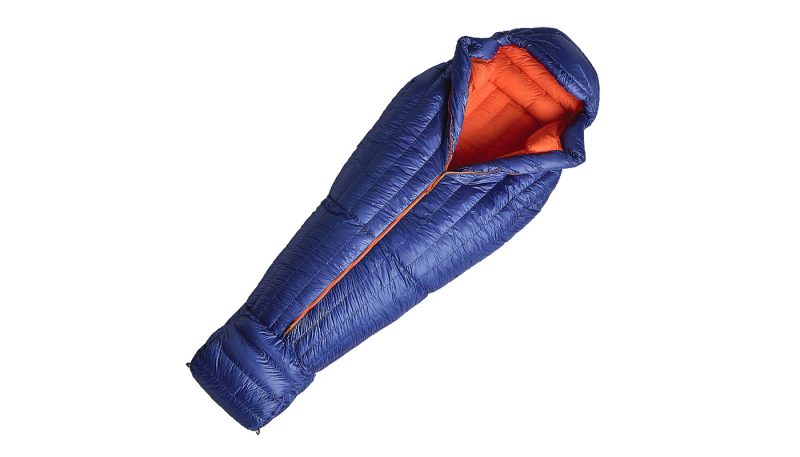
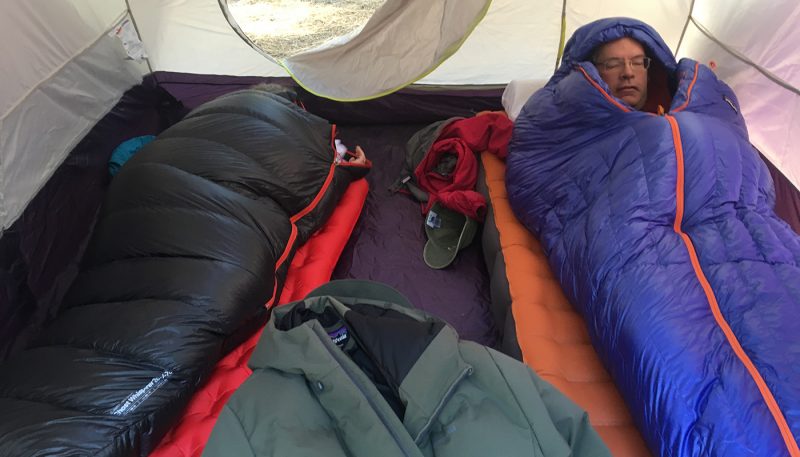
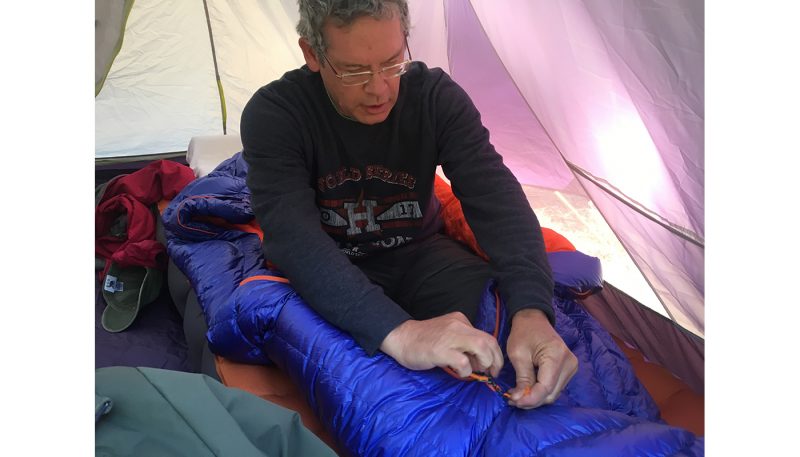

















 81
81 The Good
- 3 sliders on zipper
- Cozy liner material
- Warm
- Anatomical foot box
The Bad
- Expensive
- Middle-of-the-road weight
- Roomy for small people, leaves cold spots
Patagonia, the beloved outdoor clothing company with an increasingly liberal political stance and a focus on environmentalism, now makes sleeping bags in addition to down jackets and fishing waders. True to Patagonia’s reputation, the details on this bag are well planned and executed, and the feathers are traced from farm to factory to ensure the ethical treatment of the animals through the entire process. The bag also comes with a hefty price tag: $500. This is more than any other three-season bag in our test. Though the bag is an excellent product, we aren’t convinced that the extra dollars equal extra performance.
This bag comes in three sizes: Short, at 5-feet, 6-inches, Regular at 6 feet, and Long at which is 6-feet, 6-inches. We found this bag to be the roomiest and largest of all the regular sized bags in our test, which is perfect for folks of the big-and-tall variety. More petite people should consider purchasing the short size or a slimmer model altogether.
Weight
In addition to using high quality down, Patagonia keeps the 850 Down Sleeping Bag light by using the lightest weight textile that the company uses in down products as the shell material, a 15-denier 100 percent nylon ripstop Pertex Quantum. This lightweight wind- and down-proof material is treated with a DWR for water resistance. The liner is constructed with the same material that is found in the ultra-compressible Houdini jacket. It has a crepé-like feel that is less slick and slippery than your standard sleeping bag, so it is very cozy against the skin. These two lightweight materials combined with high quality down add up to a total weight of 2 pounds. This is lighter than the complicated ZenBivy Bed and the synthetic Big Agnes Bolten, but it is heavier than all the rest. We think this additional weight can be attributed to two primary factors. First, all the seams are baffles, there is no sewn-through construction. This adds a small amount of weight, bulk, and expense in construction and in return is far warmer and more durable than a bag with sewn-through seams. Second, this bag is roomy! For a similar length bag, the width and girth feel almost double that of its competitors. This just means that there is extra material to add to the overall weight.
All that being said, 2 pounds for a warm and comfortable 3-season bag is light! A couple of the bags in our summer sleeping bag review weighed more.
Compressibility
The 850 Down Sleeping Bag is filled with high-quality 850-fill down for compressibility and warm insulation. This down is Advanced Global Traceable Down, meaning it is tracked from farm to factory, and the birds are never force-fed nor live-plucked. We found that the bag packs quite well, but it does not come with a compression sack, only a small stuff sack. The bag can get smaller if packed in a sack with compression straps. This is a little bit of a bummer, because to buy an additional compression sack just adds to the cost of this already expensive bag.
Warmth
This bag traveled with testers to climb mountains in the Bugaboos in Canada, spent Thanksgiving week in California’s Death Valley, and was used on multiple single night trips at high elevations in the Sierra Range. All testers reported that this bag was adequately warm. We attribute the warmth to the excellent quality down, and to the baffle construction, as opposed to sewn-through seams. The square shape of the baffles eliminates cold spots and keeps down in place while allowing it to loft more fully than when it is trapped in tapered sewn-through pockets.
On a night spent car camping in Death Valley, one broad-shouldered tester started the night with another bag and could not zip it up fully around his shoulders. He switched to this bag and was far more comfortable, which attests to the roominess of the cut. For broad-shouldered and larger individuals, this bag will feel far more comfortable. For smaller people, this bag feels too roomy which leaves cold spots. One of our smaller testers felt like she could have fit two of herself inside this bag. This is a good reminder to select the appropriate length sleeping bag when purchasing, because a bag that is too large will be drafty and a bag that is too tight won’t allow the insulation to loft to its full potential. The Patagonia bag is definitely on the roomy side.
Ventilation
Like The North Face Hyper Cat, the Patagonia 850 has a center zipper instead of one along the side. Unlike the Hyper Cat, this zipper is full length. That provides the same ventilation options as a full-length side-zip bag, allowing fresh air in when needed. This zipper has the benefit of three sliders. This allows a pocket to be left open anywhere along the front of the bag. It can be zipped up close around the face and feet, with an opening for hands to stick out for reading, eating, or other bedtime tasks like removing contact lenses. Alternatively, it can be closed up top with the feet sticking out the bottom or zipped at the bottom and open at the chin and chest. This is more versatile than a standard mummy bag with a two-way side zip, but not quite as ventilated as the bags with quilt options, such as the ZenBivy Bed, the Z-Packs Classic bag, and the Therm-a-Rest Vesper.
Features
Two features that stand out on this bag are the foot box and the hood. The foot box is anatomically designed so that there is plenty of room for the feet to stick up in their natural position. Like the rest of the bag, the liner is differentially cut, meaning that the size of the interior liner is smaller than the larger exterior shell. This allows the liner to sit comfortably in place instead of stretching with the exterior of the bag. This differential is noticeable in the roomy footbox.
The hood that lays relatively flat while open, but when cinched it puffs up into a three-dimensional shape. It fits around the head like a comfortable jacket hood (unsurprising, since Patagonia makes many high-end down jackets.) The hood cinches are hidden inside the shell material, and we found them tricky to use at first, though once a person gets used to the small fussy features, they become more familiar and less baffling.
Durability
Over the course of our testing period, the Patagonia 850 bag was used more often than the other three-season bags in our test. It was taken on longer trips and by more testers than some of the other products we tried. After receiving the most wear, we evaluated it for tear, and found none. The bag is still in excellent condition after repeated compressions and expansions, exposure to abrasion, and being slept in by sweaty, tired testers.
The Pertex Quantum textile that is used on the shell of this bag is composed of Y-shaped filaments. These filaments lock together tightly, making the shell down-proof, windproof, water resistant, and more durable. This tightly locked surface helps the DWR last longer too. This material is partly responsible for the overall longevity of the bag. The baffle construction also provides the bag with a longer lifetime. The one feature that we question how long it will last is the zipper, which is faced with a cloth tape. The zipper feels more finicky to pull than many others, and we worry that it will stop working before the rest of the bag.










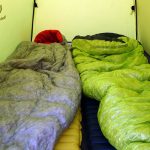
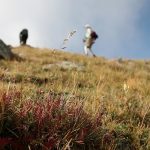
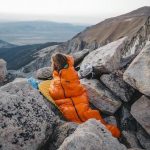


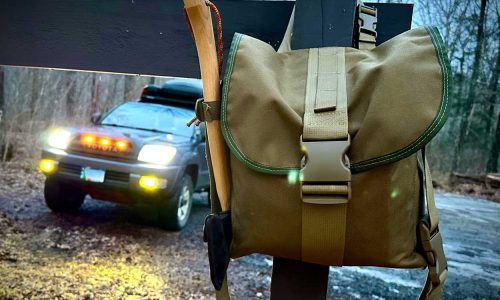
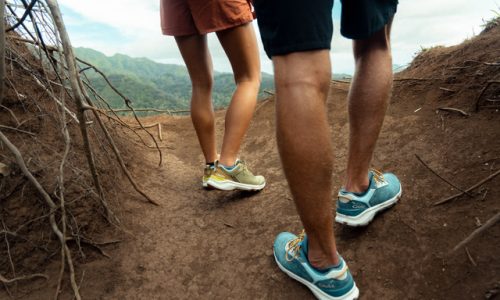

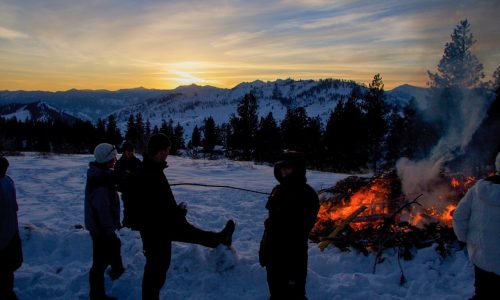
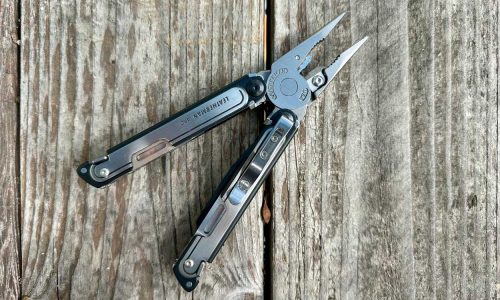
No reviews have been posted for this product.
Use this gear?
Join Gear Nation and leave a review!
Create an Account